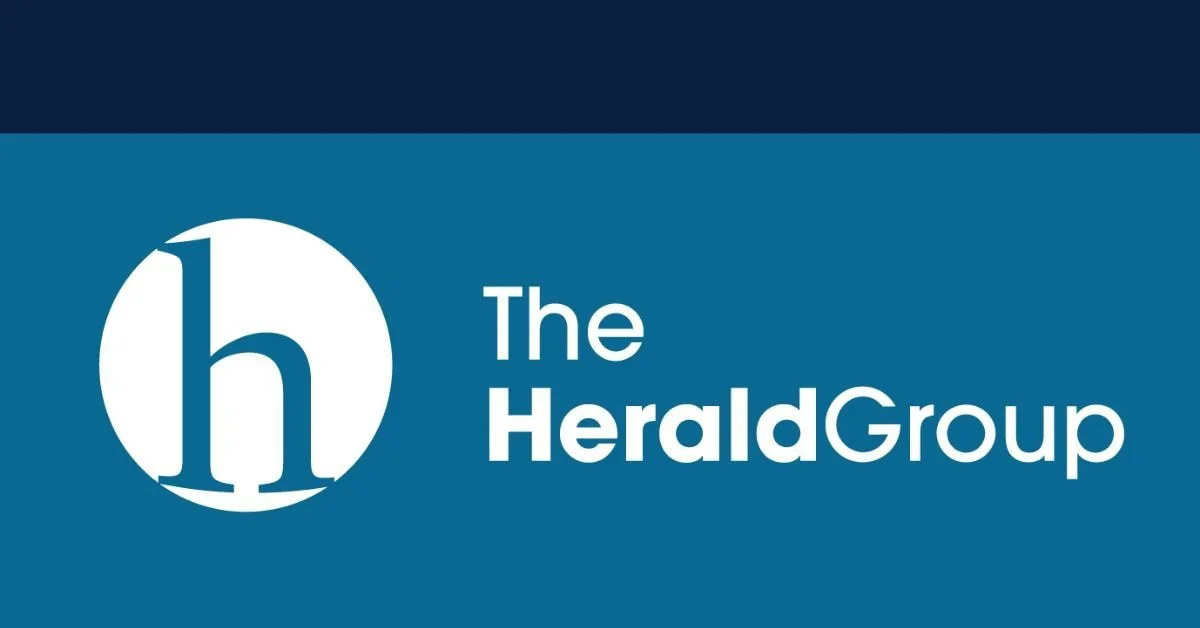Four Key Takeaways from CQ Roll Call and The Grassroots Professional Network’s Panel, Advocacy Healthcare: What Happens Now?
I recently had the opportunity to join a panel hosted by CQ Roll Call and the Grassroots Professional Network on health care advocacy. Joined by experts from American Diabetes Association, American Nurses Association, Children’s Hospital Foundation, and the College of American Pathologists, it was an inspiring discussion about how to navigate the uncertainty around health care reform while remaining effective and engaged.
A few great takeaways from the discussion include:
Get to the Core of Your Issue to Activate a Politically Divided Membership: When politics threatens to divide your membership, remind advocates of why they joined together on this issue in the first place. Putting politics aside and focusing on what needs to be done to protect patients and advance policy priorities is essential.
Tell Your Personal Story, and Tell It Locally: One of the keys to ensuring your issue stands out above the rest is to keep it personal. Going beyond wonky policies and sharing how an issue personally impacts an advocate’s everyday life makes it easier for policymakers, reporters, and the general public to relate to the issue and support the cause. Even if the organization is more focused on federal priorities, building a personal relationship with your elected officials and district staff will go a long way in beginning a conversation on priority policies and why this issue should matter to them personally.
Adjust Your Tactics to be Heard at Today’s Townhalls: Many advocates may be hesitant to attend a townhall these days for fear of being lost in the increasingly vocal and hostile crowds. Fears of an inability to deliver a message are common, but townhalls can provide an opportunity to stand out. One panelist discussed how their advocate held a poster thanking the Member of Congress for an important policy they championed and a simple call to action for their community. The policymaker noticed this, and called on them to share their message. Another helpful tip? Don’t come dressed in your organization’s colors. Even if you’ve attended with tee shirts on in the past to ensure the policymaker notices your cause, consider ditching that strategy in the near-term for fear of being labeled a protester.
When it Comes to Social Media, Know Your Audience: You may have a very diverse grassroots network that engages on every social media channel under the sun, or you may find that your members prefer one or two channels, such as Facebook or Twitter. Before you spread your time and resources too thinly by engaging on multiple social media channels, take the time to identify where your audience engages most and focus on building up that following. Also, consider posting social media when your audience is most available –the general consensus from the panel was that they have their members’ attention on the weekends and after 8 PM during the week.
Keeping these four things in mind, both health care advocacy groups and coalitions promoting any host of issues can more effectively and efficiently communicate their most vital messages and policy positions.

